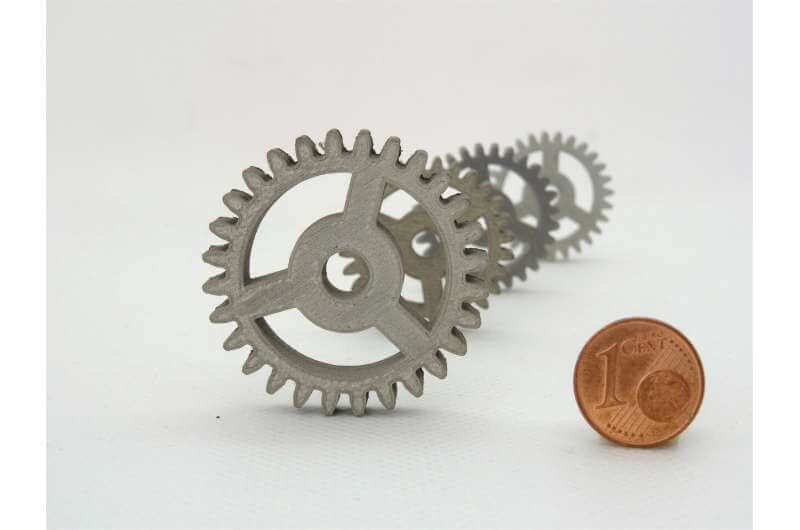2024-04-01
Centipede Robot: Efficient Surface Movement

In a fascinating breakthrough, researchers have developed a centipede robot capable of navigating diverse surfaces with remarkable ease. Led by Daniel Goldman, a physicist-biologist at the Georgia Institute of Technology, a team of scientists delved into the intricate locomotion of centipedes to inspire the design of these innovative robots.
Centipedes, with their numerous pairs of legs and segmented bodies, exhibit unparalleled agility across terrains ranging from sand and soil to rocks and water. Matthew McHenry, a biomechanics expert at the University of California (UC), highlights the adaptability of centipedes, attributing it to their segmented structure.
Analyzing the complex movements of centipedes posed a significant challenge due to their multitude of body segments and legs. To simplify the study, researchers devised a strategy of connecting several four-legged robots, mimicking the structure of centipedes. This approach enabled the robotic centipede to traverse long distances and overcome obstacles effectively.
Eva Erickson, a student at Georgia Tech, uncovered intriguing insights into centipede locomotion, particularly how their movement patterns adapt with varying speeds. Centipedes exhibit a wave-like motion, with the direction of the wave changing as speed increases. Known as retrograde movement, this adaptive gait allows centipedes to navigate challenging terrain with precision.
Goldman's team discovered that introducing a delay between limb movements enhances the efficiency of the centipede robot's locomotion. Additionally, flexible body segments and interconnected legs contribute to smoother movement across surfaces.
The ultimate objective is to harness centipede-inspired robotics for practical applications, such as agricultural tasks like weed detection and removal. Engineers envision a future where these robots aid in planting, harvesting, delivery services, environmental monitoring, and even space exploration.
As research in biomimetic robotics progresses, centipede-inspired robots hold immense potential to revolutionize various industries, offering versatile solutions for navigating complex environments and performing diverse tasks with efficiency and agility.
Share with friends:
Write and read comments can only authorized users
Last news
